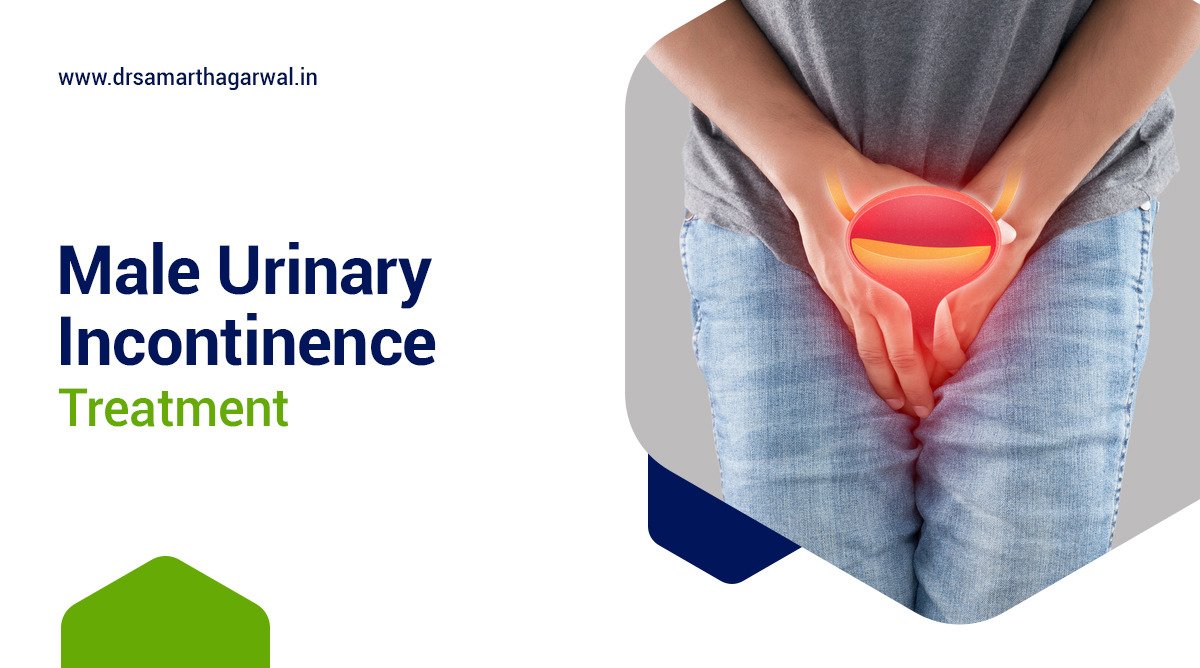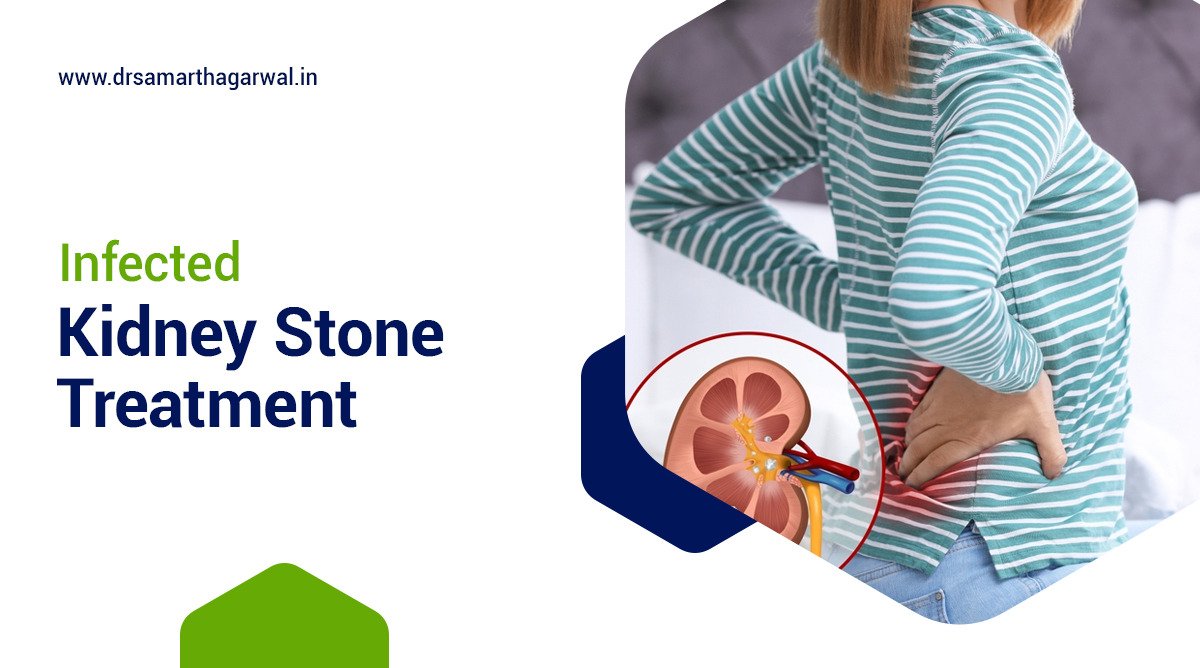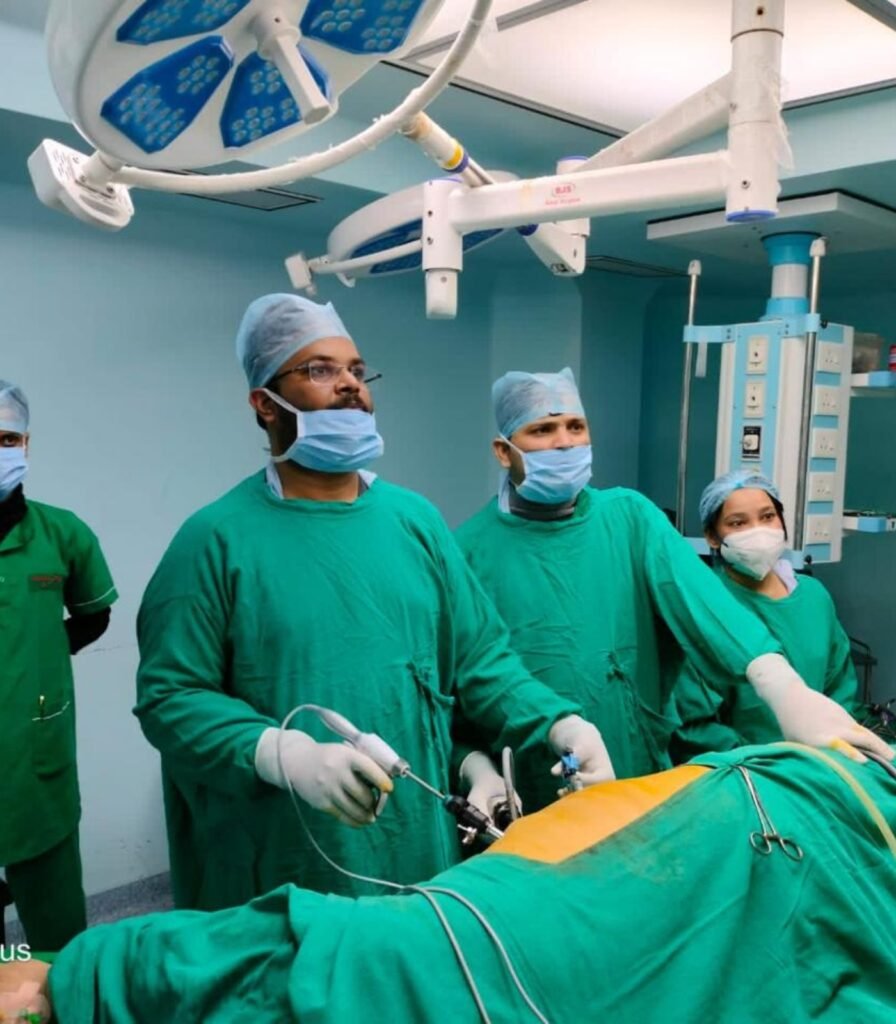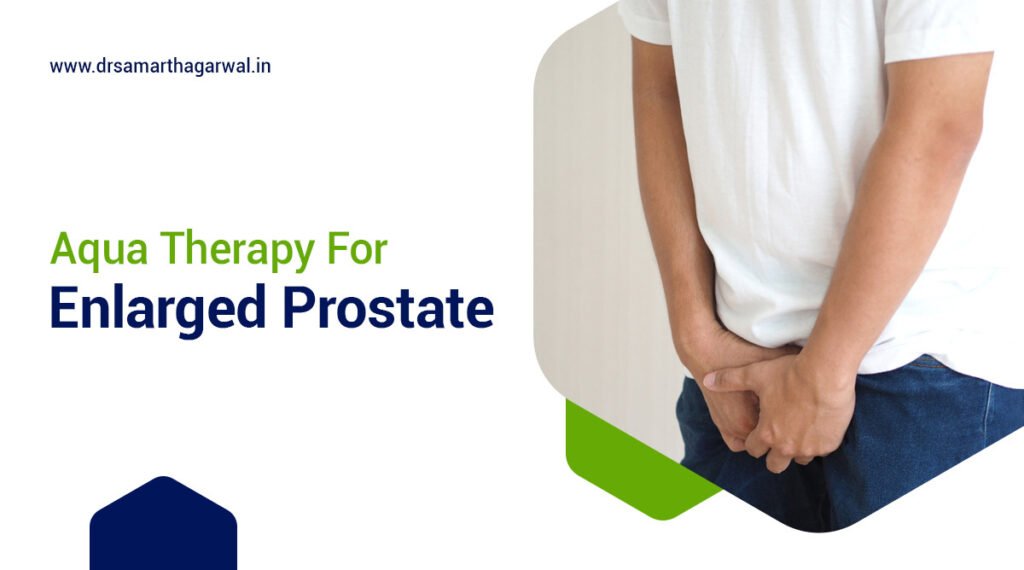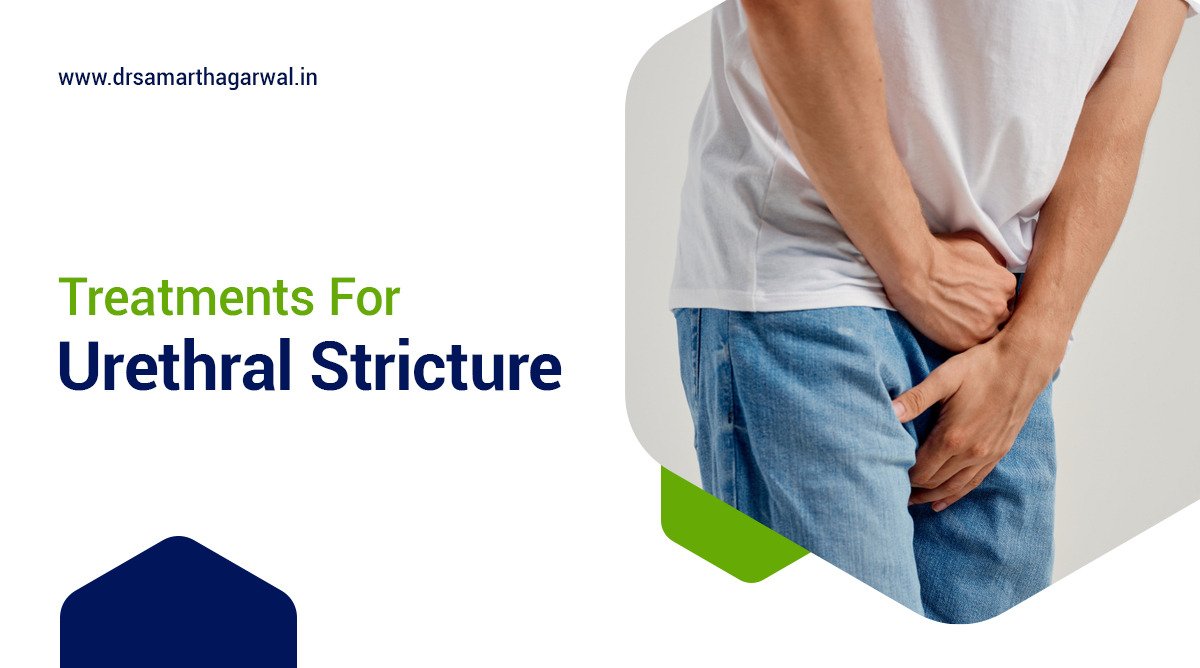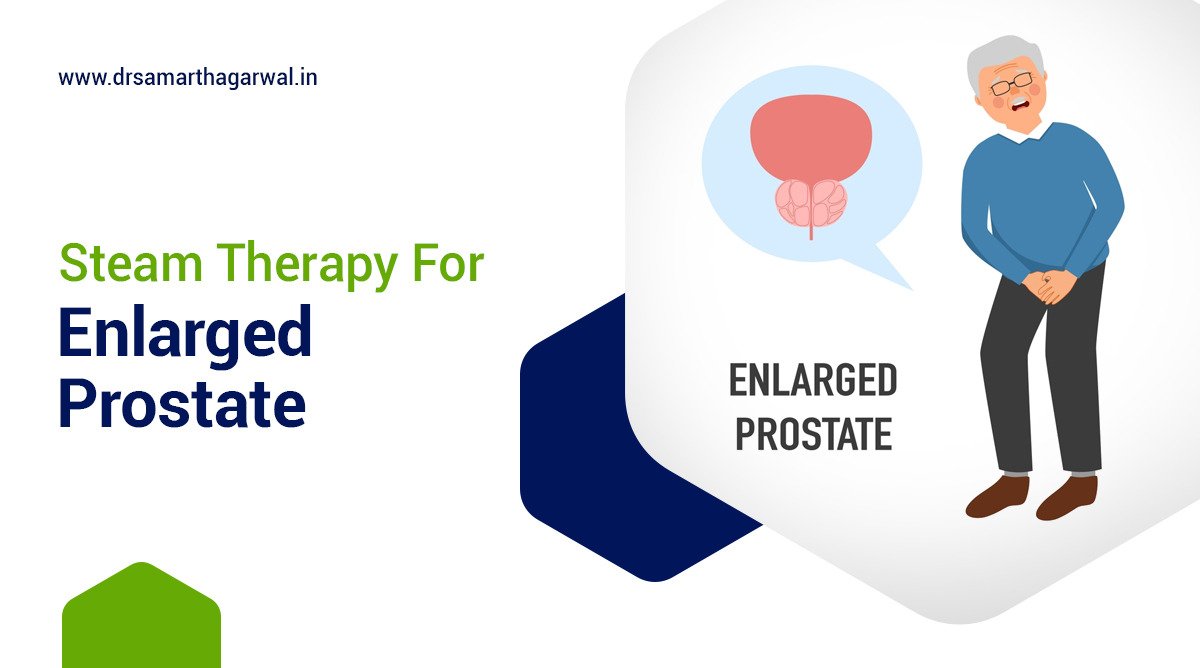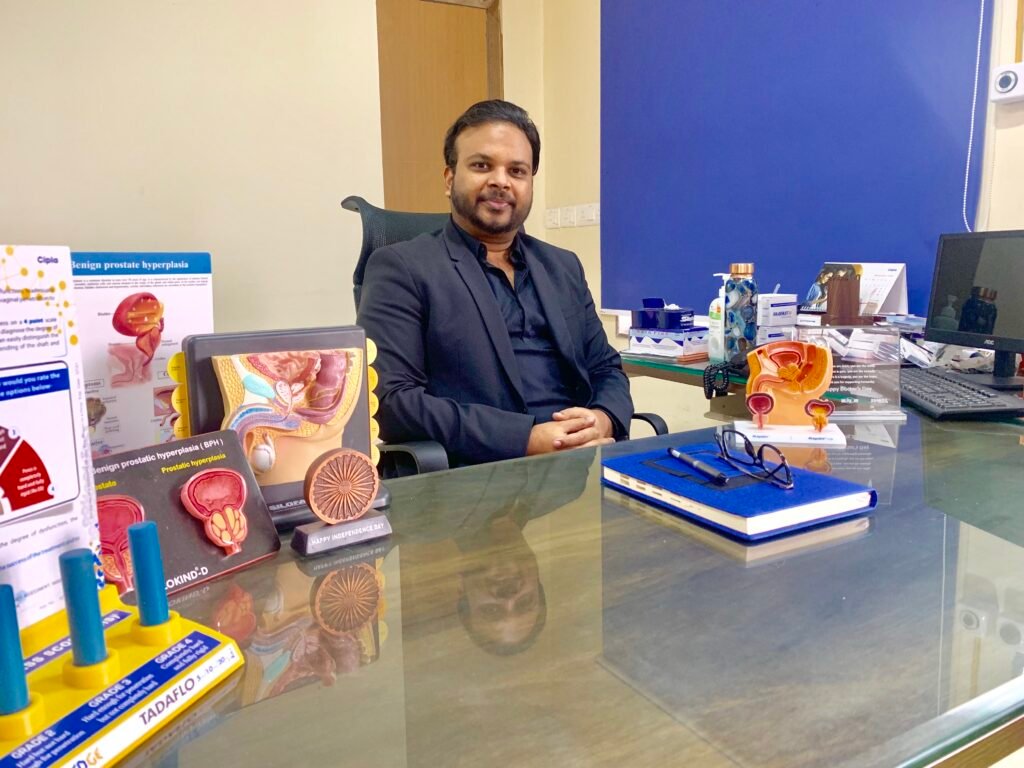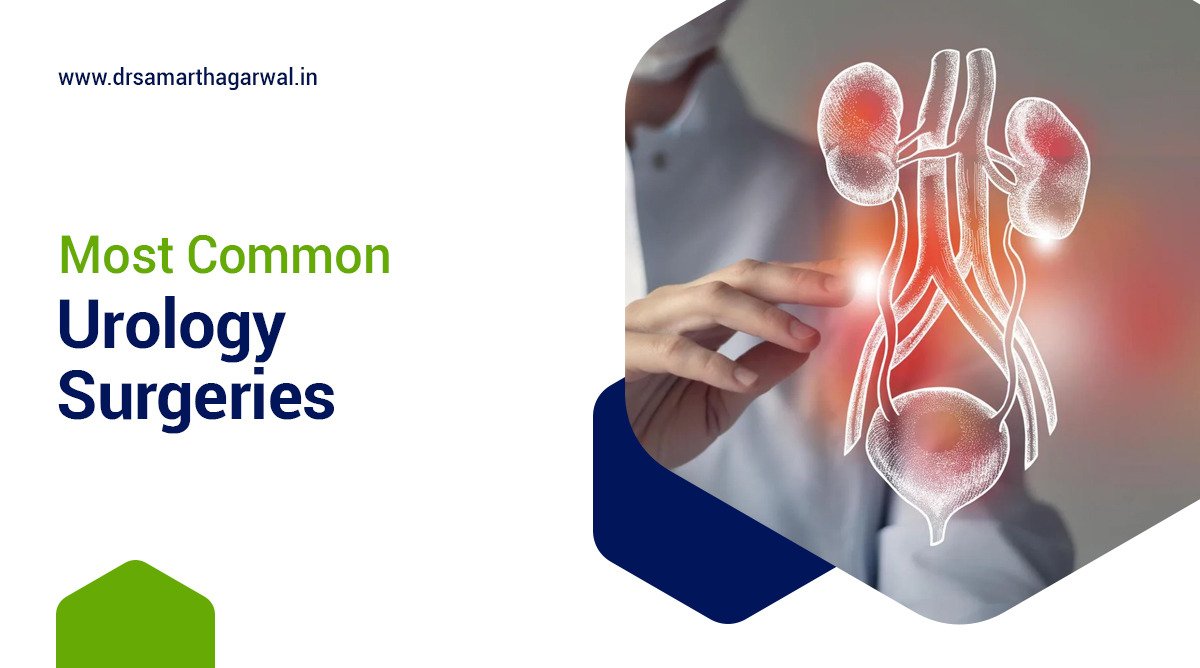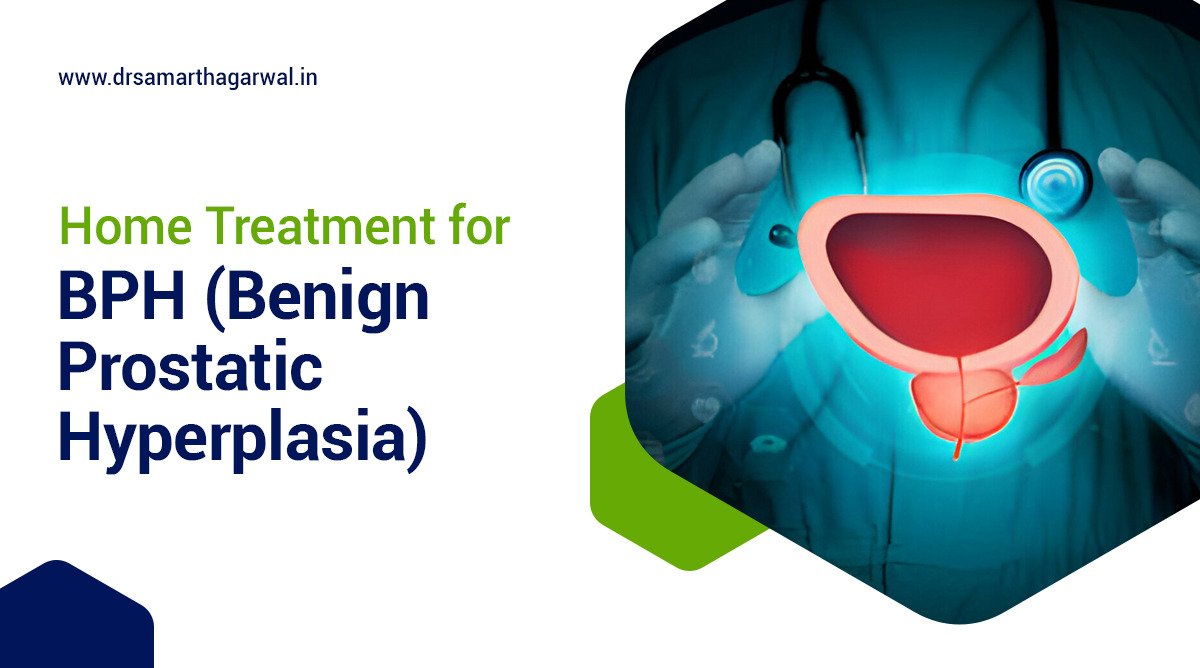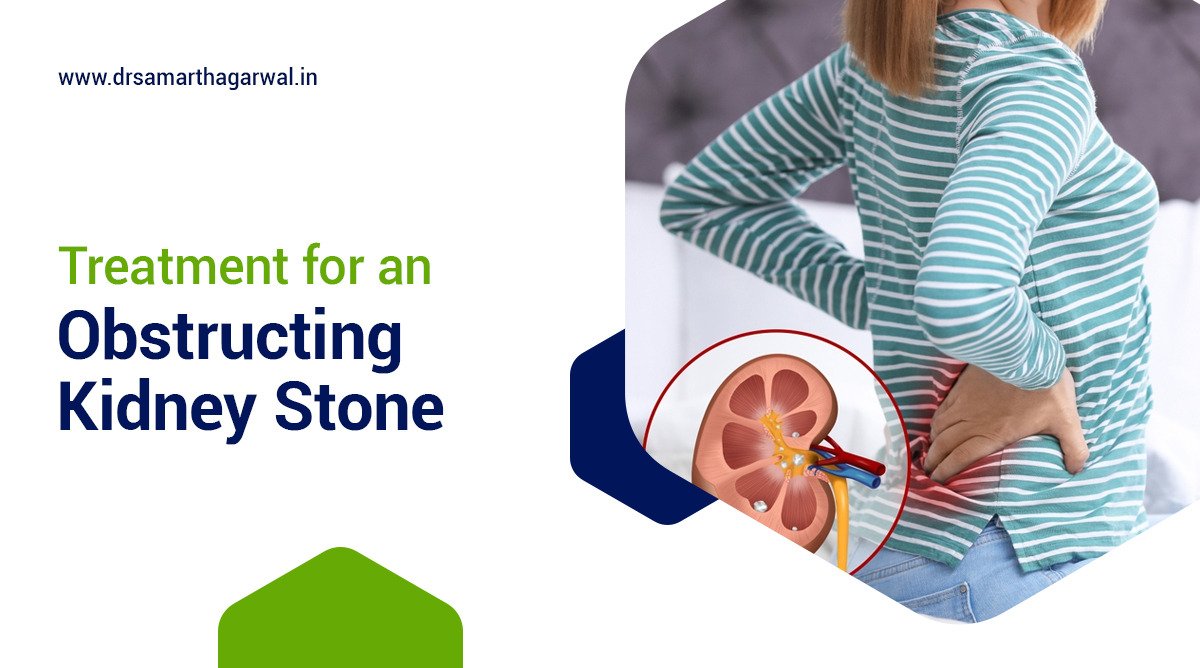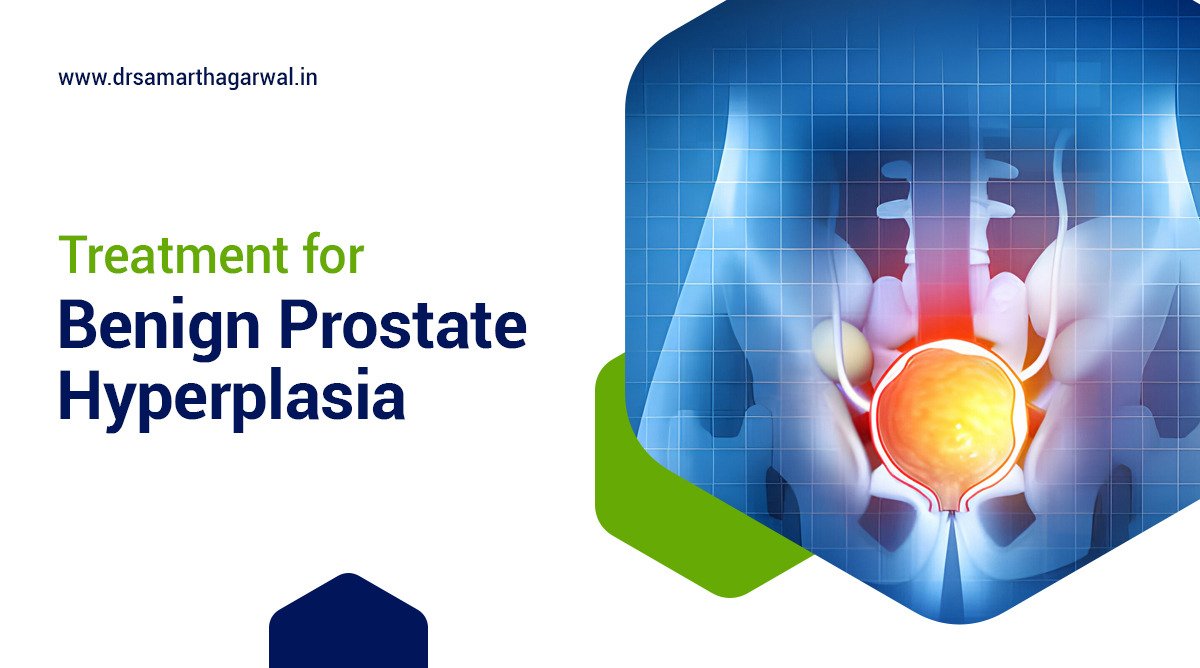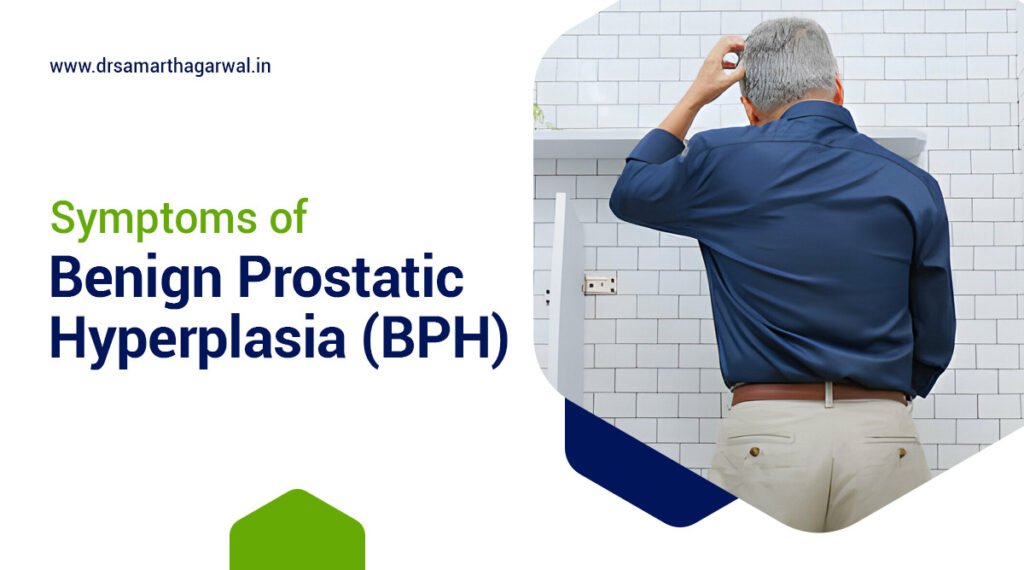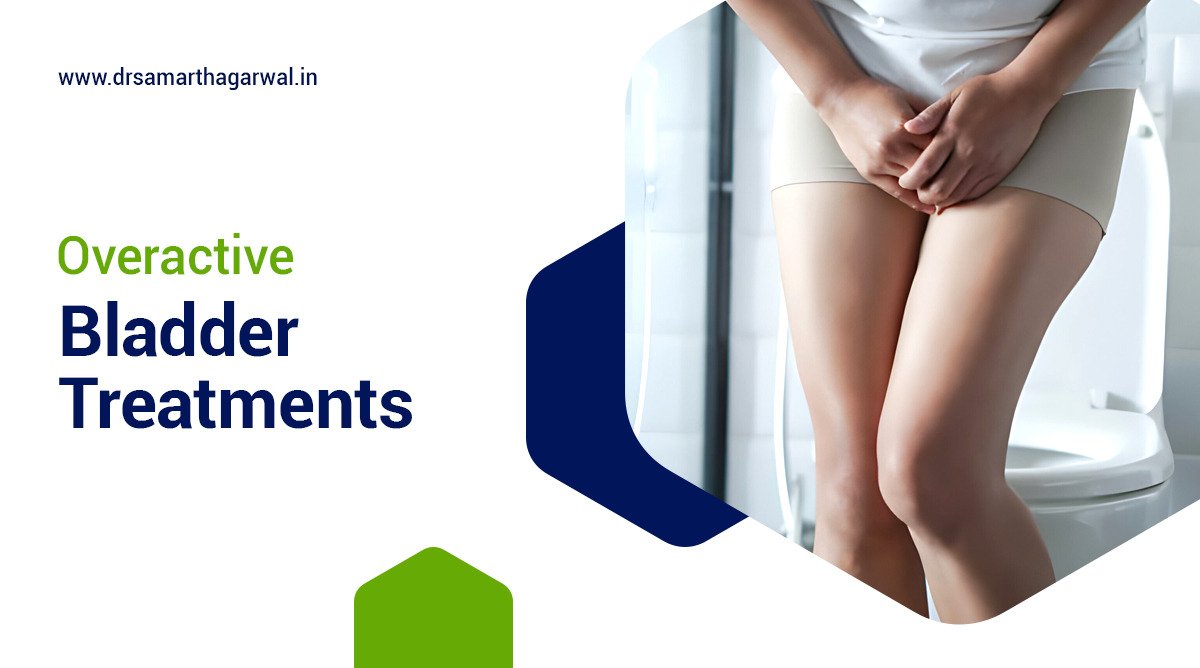The symptoms of urinary incontinence can include a frequent or urgent need to urinate, a feeling of urgency or discomfort, and a feeling of not being able to control urination. Treatment options for urinary incontinence can vary depending on the underlying cause and severity of the condition.
These can include pelvic floor muscle exercises, medications such as antimuscarinics or calcium channel blockers, and surgical procedures such as urinary catheters or the insertion of a sphincter cuff.
What are the treatment options for male incontinence?
The management of male urinary incontinence generally follows a stepwise approach, which includes:
- Lifestyle modifications: Addressing lifestyle factors such as smoking, alcohol consumption, and weight may improve urinary incontinence outcomes.
- Conservative treatments: a. Pelvic floor physical therapy (PFPT): PFPT aims to strengthen pelvic floor muscles and improve bladder control. PFPT has shown beneficial effects for both stress and urge incontinence. b. Bladder training: Bladder training aims to increase the volume of urine that can be eliminated at one time, reducing urinary urgency and leakage. c. Male slings: Specifically designed for male urinary incontinence, male slings work by correcting urinary leaks during defecation or stress maneuvers.
- Invasive treatments: a. Prostatectomy: Prostatectomy removes the prostate gland, which can be effective in alleviating urinary incontinence caused by an enlarged prostate. b. Artificial urinary sphincter (AUS): An AUS is a surgically implanted device that works by creating a urinary reservoir and relieving pressure on the bladder by allowing urine to flow directly from the reservoir to the urethra at the appropriate time. AUS has shown effective outcomes for both men and women with urinary incontinence. c. Transurethral stricture disease (TUSD): TUSD can be treated with endoscopic dilation or repeat surgery if initial management fails.
In some cases, medications may be necessary to manage symptoms, such as anticholinergics for urge incontinence, alpha blockers for bladder spasms, or calcium channel antagonists for patients with SUI.
To facilitate the care and management of male urinary incontinence, primary care physicians and urologists should collaborate, with urologists providing specialized evaluation and management of the underlying condition, while primary care physicians focus on long-term follow-up, monitoring, and ongoing management.
You might also like: Aqua Therapy for Enlarged Prostate
How can I permanently fix incontinence?
Incontinence can not be fixed permanently. While surgery may be an effective treatment option for some individuals with incontinence, it is not always a cure.
How to increase urine flow in males?
To improve urine flow in males, consider implementing the following strategies based on credible health sources:
- Maintain an active lifestyle: Regular physical activity, such as walking, jogging, and swimming, can help contract the muscles involved in urination and reduce urinary problems.
- Practice pelvic floor exercises, also known as Kegels, to strengthen your pelvic muscles and aid in controlling your urine flow.
- Adopt a healthy lifestyle, minimizing drinks like coffee, caffeinated beverages, and alcohol, and making changes to your diet to improve overall urinary health.
- Consider medication options, such as alpha blockers or beta-3 agonists, to relax the muscles and improve urine flow.
- Apply heat to your lower abdomen to soothe your bladder and promote easier urination.
What are urinary incontinence treatments for elderly males?
Here are 5 urinary incontinence treatments for elderly males:
- Pelvic floor muscle exercises
- Medications such as anticholinergics
- Benign prostatic hyperplasia treatments
- Slings or artificial urinary sphincters
- Surgery such as a male sling or pessaries
According to a 1997 study published in the journal “Gerontology” by P.Iqbal and C.M. Castleden: Urinary incontinence is common in the elderly, affecting 6-8% of people over 64 years in the community and up to 31% in hospital and long-term care. The authors established that incontinent patients can be diagnosed clinically, and improving symptoms is likely in the majority.
Treatment of urinary incontinence requires general and specific measures. General measures include moderation of fluid intake, treatment of aggravating conditions, and drugs. Specific measures are pelvic floor exercises, vaginal cones, interferential therapy, oestrogens for stress incontinence, bladder retraining, anticholinergic drugs for urge incontinence, and alpha-blockers and 5-alpha reductase inhibitors for overflow incontinence due to prostatic hyperplasia.
You might also like: Ketamine Bladder Syndrome Symptoms
When Should You Seek Treatment for Urinary Incontinence?
If you experience frequent urination, leaking urine, or difficulty controlling your bladder, it’s essential to consult a healthcare professional for an evaluation. Here are some guidelines:
- If you leak urine frequently and it interferes with your daily activities, causing embarrassment or limiting your social interactions, it is time to see a doctor.
- If you are experiencing urinary incontinence along with other symptoms, such as fever, pain in the lower back or side, or difficulty emptying your bladder, seek medical attention right away.
- Based on your medical history, your healthcare provider may recommend various diagnostic tests, such as a bladder catheterization or urodynamic testing, to determine the cause and severity of your incontinence.
- Depending on the diagnosis, treatment options may include dietary modifications, pelvic floor exercises, medications, or surgical intervention.
- In some cases, lifestyle changes, such as simpler fluid intake patterns or modification of medications, can reduce symptoms and improve your quality of life.
- In certain instances, a healthcare professional may suggest a specialist evaluation by a urologist or a geriatrician for further evaluation and management.
How Successful Is Treatment for Urinary Incontinence?
Urinary incontinence is a common health problem that affects millions of people globally, and its treatment is crucial as it can significantly impact one’s quality of life. Various treatment options exist for urinary incontinence, including behavioral and medical treatments, as well as surgical interventions. According to recent studies, about 80% of people with urinary incontinence can improve or even be cured with effective treatments.
Behavioral treatments such as bladder training, fluid and dietary modifications, and pelvic floor exercises can help individuals manage urinary incontinence. Antimuscarinics, estrogen, and β-blockers are commonly prescribed medications to treat urinary incontinence. Clinical trials have shown promising results for these treatments, with success rates ranging from 40% to 80%.
According to a 2023 study published in the International Journal of Urology, researchers evaluated the effectiveness of various therapies for urinary incontinence. They highlighted the importance of subjective and objective criteria in assessing the quality-of-life impact of incontinence therapy. Behavioral regimens, when combined with pharmacologic therapy, are likely to extend the duration of response. They also mentioned the presence of a significant placebo effect in up to 30% to 40% of patients and emphasized the necessity of demonstrating that a drug or treatment effect exceeds the placebo effect. Key instruments for evaluating incontinence therapy outcomes include the Bristol Female Lower Urinary Tract Symptom IIQ Incontinence Impact Questionnaire, LUTS Lower urinary tract symptoms, OAB Short Form-36 Item Health Survey, SUI Stress urinary incontinence, UDI Urogenital Distress Inventory, and UUI Urinary urgency incontinence.
You might also like: Home Treatment for BPH
According to Riemsma, Rob, et al’s 2017 systematic review ‘Can incontinence be cured? A systematic review of cure rates’, the present study aimed to assess cure rates and the number of people still dependent on containment strategies following treatment for urinary (UI) or fecal incontinence (FI) in individuals with UI, FI, disabled or neurological problems or diseases, or elderly or cognitively impaired. The searches retrieved 14,036 records, which were reduced to 127 papers reporting on 98 individual studies after title and abstract screening. The majority of studies were from Europe and focused on surgical interventions for SUI, pharmacological treatments for UUI, and sacral neuromodulation for FI.
It was reported that surgical interventions for women with SUI had a median cure rate of 82.3% (IQR, 72–89.5%), while men treated with male slings showed a median cure rate of 53% (IQR, 48–54%). Antimuscarinics showed a median cure rate of 49% (IQR, 35.6–58%) for women with UUI. Pelvic floor muscle training (PFMT) did not demonstrate high cure rates, but was still recommended due to its secondary benefits. For FI, sacral neuromodulation showed a median cure rate of 38.6% (IQR, 35.6–40.6%), and no studies assessed the success of containment strategies. There was a lack of data for individuals with disabilities.
Where to Go for Urinary Incontinence Treatment
According to Moore, Katie C., and Lucas, Malcolm G.’s 2010 review “Management of male urinary incontinence,” the majority of male urinary incontinence is secondary to sphincter weakness following prostate surgery. With an aging population and increasing number of prostate surgeries, the incidence of male incontinence is rising. This review focuses on the management of post-prostatectomy incontinence.
Evaluation of the incontinent male includes a thorough history, examination, and assessment of impact on daily activities. Bladder dysfunction, rather than detrusor overactivity, is more common and contributes to incontinence in 60% of men. Urodynamics are crucial to identify the cause of leakage and assess other parameters affecting success rate of future intervention.

If you have any Incontinence issues, you can contact one of the most popular urologists in Siliguri.


